PrimaLuna DiaLogue Premium – Tube Rolling – KT150
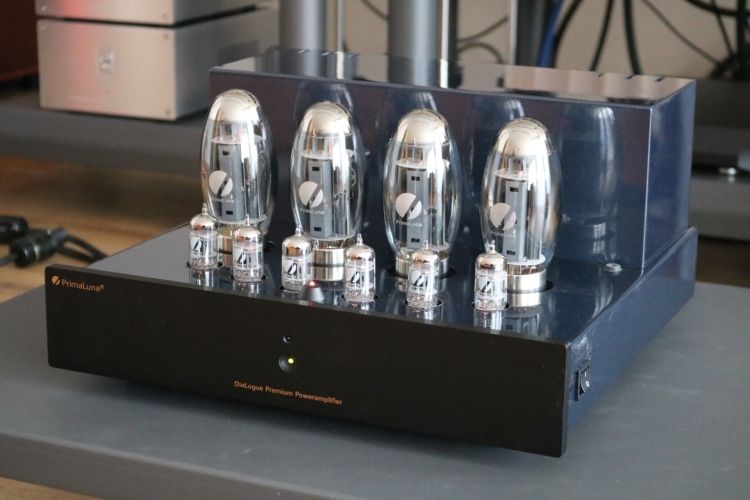
Comparing the standard EL34 tubes to KT150 tubes
Retail price PrimaLuna Silver Label KT150 matched quad (4 pc): 522 euro
Review samples supplied by Durob Audio
All PrimaLuna tube amps are built to be compatible with a wide range of tubes. Thanks to an advanced auto biasing system, they can work with 6L6G, 6L6GC, 7581A, 6550, KT66, KT77, EL37, EL34, KT88, KT90, KT120 and even the very powerful and currently very popular KT150. All that’s required is to flick a switch on the right-hand side to choose between the basic EL and KT families and the amp does the rest.
Elsewhere on the internet, a video shows three integrated tube amps being compared, with interesting results. There were two PrimaLuna amps: the DiaLogue Premium (4 x EL34) and the Premium HP (8x EL34) and an Audio Research VSi75 (4x KT150). The precise differences were not described but it was mentioned that some people in the audience preferred the DiaLogue Premium and others the Audio Research and it was hard to pick a favorite between the DiaLogue Premium HP and the Audio Research. Therefore the consensus was that the PrimaLuna amps performed at more or less the same level as the more expensive Audio Research. While this is a valid assessment, it leaves out the details that I am curious about. What exactly are the differences that were observed? In other words: how do the amps really compare?
Alas, I don’t have a VSi75 at hand but my audio buddy JW (AKA the Tube Doctor) does have an Audio Research Ref75SE that also has Tung-Sol KT150’s. I’ve already made extensive comparisons between these two amps in the DiaLogue Premium review but that was with the PrimaLuna using stock EL34 tubes. At that time I had no KT150’s for the PrimaLuna.
Herman van den Dungen of Durob Audio was so kind as to send two matched pairs of Tung-Sol PrimaLuna silver label KT150 to use for further comparisons. Now I can compare not only the EL34s and KT150s using the PrimaLuna amp itself, but can also conduct a KT150 vs KT150 comparison using two different amps: a PrimaLuna DiaLogue Premium and an Audio Research Ref75SE.
EL34 and KT150 characteristics
First off, it must be noted that while tube types tend to have certain inherent characteristics, it is the tube-amp combination and then mostly the quality of the power supply and output transformers that ultimately defines their sound. So, while it may be thought that EL34’s or KT150’s always sound a certain way, this need not be so, or to the same extent, in every amp. This is really quite a relative matter. That said, the general consensus is that EL34’s have airy treble and a magical midrange while their bass is less solid and powerful than that of some other tubes. Likewise, the KT150’s are known to sound beefy, powerful and dynamic. Just how much of this turns out to be the case is something that I will try to shed a light on in this review.
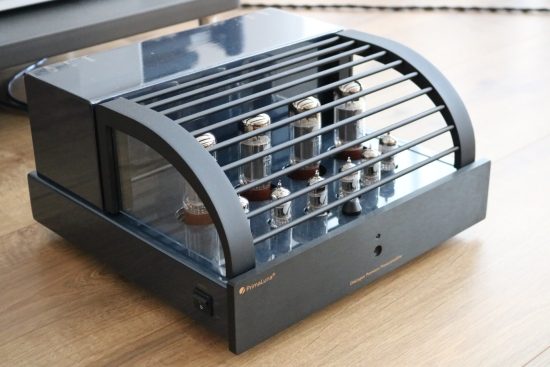
Above: DiaLogue Premium with its protective cage in place.
PrimaLuna DiaLogue Premium
For an in-depth description of the DiaLogue Premium sound using EL34’s please read the DiaLogue Premium review. Suffice to say that the amp holds its own when compared to much pricier models from other brands even when driving Apogee Duettas and Wilson Watt-Puppy 8’s and Sabrina’s and even drives the Vivid Giya G3’s admirably.
Tube burn in
Tubes need some time to settle after being used for the first time and from my listening sessions it became clear that this is also the case with the EL34’s and KT150’s even though these have been burned in for 72 hours at the factory already. Just how much time is needed I can’t really say because it seems to be different for the two tube types and it may even be different for the next set of EL34’s or KT150’s. The observed changes also differed between the EL34’s and the KT150’s. In my case the EL34’s were a little bright and sharp for the first few days but then quickly settled and did not change anymore, or at least not obviously. The KT150’s, however, did not sound bright at all but actually nicely sonorous from the very start, but took 2-3 weeks (probably about 100 hours) before their midrange attained the flair that the EL34’s have from the very start.
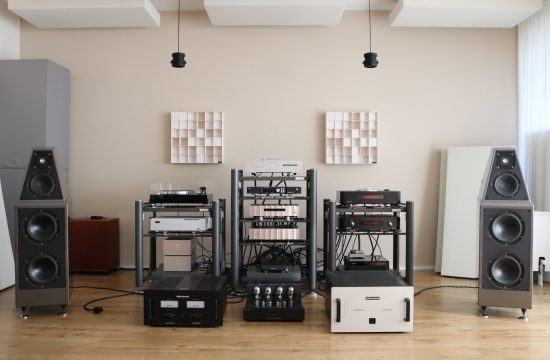
Getting Started
The speakers used for this comparison are the Wilson Watt/Puppy 8 which are my current main speakers. Simultaneously I also have a pair of Franco Serblin Accordo’s over for review and these were also used for the tube comparisons. Both speakers respond similarly to the tube swaps and because the Accordo’s will get their own extensive review, I’ll focus on the Wilsons for this review. Below, I’ll refer to the tube’s sound after they had been used for at least 3 weeks. Speaker cable used for this review is the Jorma Design no.3.
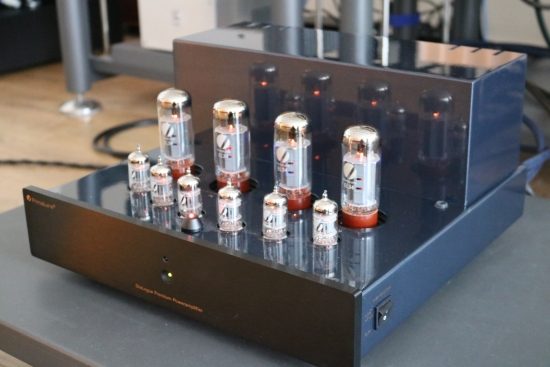
From EL34 to KT150
After placing the KT150’s, due to these tubes’ size, the protective cage cannot be used. I quite like the looks of the cage as well as its protection but several of my friends commented on the amp now looking better. I guess I just have to be a little bit more careful during my many moves around the audio racks.
Going from the EL34’s to the KT150 the PrimaLuna produces a considerably fuller and more sonorous sound with bigger and more powerful bass. The midrange is also tonally a lot fuller but not at all woolly and still very pure. The sound really comes across as very neutral and while its midrange is not 100% as lyrical or magical as the EL34’s, it is absolutely vivacious and acoustically actually more credible. Piano, in particular, is highly convincing. Always upbeat and articulate, there is an overall sense of the sound being very solid and concrete and although there’s a little less flair, this could be said to be a more mature presentation than with the EL34’s. I did not find the dynamics necessarily more expressive with the KT150’s but there is always an immense sense of solidity which does make them seem more dynamic and more powerful.
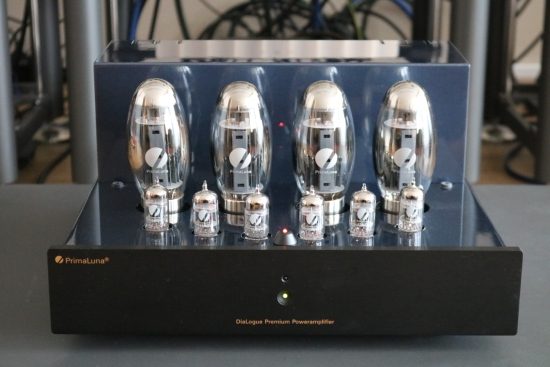
From KT150 to EL34
Going from the KT150’s back to the EL34’s yields a lighter balance with a brighter, more forward and more communicative upper midrange. Treble also becomes lighter and airier and is just a little bit spicy in comparison. The extra openness does make it seem that these tubes provide a higher resolution but I’m not sure that this is really the case. Subtle decays, however, do seem to go on a little longer. The bass, while very tuneful and articulate, is definitely less full-bodied than with the KT150’s. Nevertheless, there’s a certain flair and natural flow with the EL34’s whereas the technically more perfect KT-150’s are also more rigid. Although PrimaLuna has succeeded in obtaining crazy good bass from the EL34’s, the amp sounding more sonorous and powerful than the Audio Research Ref75SE (!), using KT150’s in the PrimaLuna further offsets that balance.
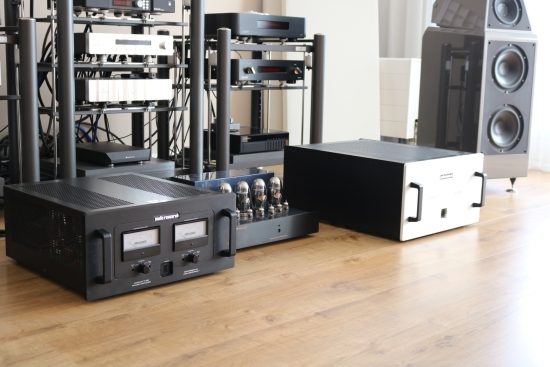
Audio Research Ref75SE
At this stage into the review, audio buddy JW (AKA the TubeDoctor) found time to come over with his Audio Research Reference 75 SE. Not too long ago, my other audio buddy Jan Cramer (aka meneer Buis) had sold his Ref75SE but because he has ambitions to drive Apogee Scintillas with tubes some day, he has now obtained an Audio Research VT200. The VT200 uses 16 6550 tubes and as a rarity among tube amps, it offers a 1-ohm tap.
First comparison to make, of course, is between the two KT150-based PrimaLuna DiaLogue Premium and Audio Research Ref75SE. Both amps are used with their 4-ohm taps. Going from the DiaLogue Premium to the Ref75 the first thing that you notice is an increase in refinement and subtle, low-level detail. Another aspect where the two amps differ is in soundstage layering and imaging in the depth plane, where the Reference 75SE performs more impressively than the DiaLogue Premium. Judged on these aspects, the Audio Research is a more audiophile amplifier overall, and this has been evident before when comparing to the DiaLogue Premium with EL34 tubes. But is this induced by the KT150’s? Or is it to do with the balanced circuitry or another aspect of its design?
The interesting thing is that the DiaLogue Premium sounds more sonorous and quite a bit more powerful, especially in the bass. Even with the EL34 tubes, it was already more sonorous but the KT150 tubes propel the DiaLogue Premium to yet another level, in terms of power and drive as well as dynamically. There is simply so much energy at hand that it can seem as though a very big transistor amp is used, and this definitely increases the fun-factor. However, when used with even more efficient speakers than the Wilsons, the EL34 tubes are sometimes found to have an even higher fun-factor by means of their increased liveliness and engagement in the midrange, even if these tubes do not produce bass as well as the KT150’s can.
Have the KT150’s changed the DiaLogue Premium amp to sound more like the Audio Research Ref75SE? In a word: no. The main areas where the two amps differed sonically, for better or worse, are the same with the EL34’s as with the KT150’s. This means that the characteristic differences between the Ref75SE and the DiaLogue Premium are not induced by the tubes but rather by other parts of their relative circuitry. Although the Audio Research may ultimately be perceived as being more audiophile, this does not guarantee a more fun delivery. Much in line with the conclusion of the comparison mentioned at the start of this article, I can see people preferring one or the other.
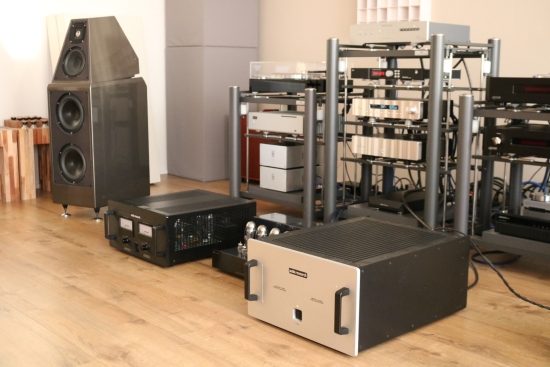
Audio Research VT200
Although not strictly relevant to this article, because I had the amp at hand anyway, I am throwing in one more amp comparison. The VT200 is an old amp – almost 20 years now. This should be taken into consideration because it is plausible that parts of it have gone off spec. Nevertheless, the amp sounds very nice. For the Wilsons, I used its balanced 4-ohm taps and connected that way it big and warm and exceedingly smooth, making the DiaLogue Premium and to a lesser extent the Ref75SE sound dry in comparison. It does not have the low-level resolution, treble air, and transparency of the Ref75SE, nor the dynamic behavior and articulate immediacy of the DiaLogue Premium. At normal listening levels, it also does not sound more powerful than either amp, but the warmth in the midrange does kind of make the bass stand out more. Ultimately, of course, it does have more power and this becomes evident when really pushing up the volume levels. Just below the “are you insane” position on the preamp is where the VT200 feels most comfortable, churning out prodigious amounts of bass without breaking a sweat. The VT200 takes a long time to come on song and attain an acceptable level of focus whereas the DiaLogue Premium basically sounds solid, powerful and well-focussed from the first minute and hardly changes its basic character thereafter.
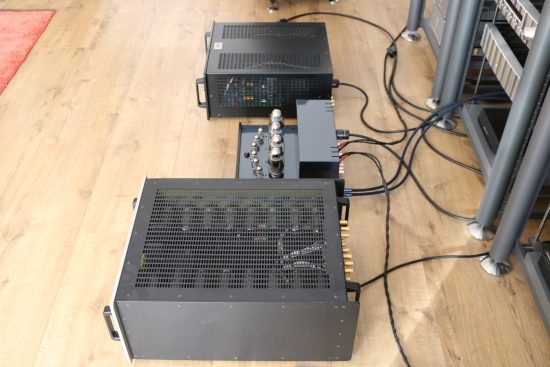
The Ref75SE is a BIG amp but the VT200 is even bigger. Counter-intuitively enough, the comparatively small DiaLogue Premium feels a lot heavier, even if its 28,9 Kg is very close to the 28,6 Kg Ref75SE.
Tube Perspective
Overall, the KT150’s are magnificent tubes but with a very different perspective than the EL34’s. As always it is a matter of making the best match with the amp, speakers and the rest of the system. Where for example the EL34’s can really open up the sound and bring clarity and a certain magical lyrical quality, KT150’s are great for obtaining a fuller sound and bigger bass for example with smaller, or more difficult speakers. For example, the KT150’s match incredibly well with the Franco Serblin Accordo’s, allowing them to produce a solid and sonorous bass that is much larger and more powerful than reasonably can be expected from these very small speakers.
Change speakers, or speaker position, and the preference for one or the other tube type based on tonality may change. I found that with the speakers positioned such that the room supported their bass by means of a sympathetic room-mode, resulting in a bass-heavy sound, the EL34’s sounded best but with the speakers placed such that the room contributed as little as possible, resulting in a clean and non-colored sound, the KT150’s sounded better.
In other words: while there is no doubt that the KT150’s are technically superior, the (sound of the) speakers and user preference will dictate which tube works best in a given situation. In any event, the KT150’s have several advantages that are likely to appeal to a wide audience.
Conclusion
While brighter sounding systems may expose the EL34’s as being a little too spicy in the upper mid and treble, they are articulate, open and expressive and given the modest power rating, they sound surprisingly powerful. With these tubes, the PrimaLuna amp is capable of injecting life and excitement into just about any speaker.
KT150’s are super-powerful tubes that really have incredible tube-untypical bass. Full-bodied and powerful but also articulate and well-controlled they build a foundation onto which a sonorous and timbrally full midrange remains powerful yet wholly neutral and natural. The treble is perfectly integrated and is not dull nor does it stand out. It is open and articulate but absolutely never bright or forward. Although neither the Wilsons nor the Franco Serblin Accordo’s are particularly power-hungry, I feel that both speakers perform better with the KT150’s than with the EL34’s. Although their extra power is certainly a benefit, it is their solidity and natural timbre that has really won me over.
More PrimaLuna Reviews
PrimaLuna DiaLogue Premium
PrimaLuna DiaLogue Premium HP
PrimaLuna DiaLogue Premium – Tube Rolling (EL34 to KT88)
External Links
Manufacturer’s Blog
Manufacturer’s original site
Manufacturer’s USA Site
Dutch Distributor Durob Audio
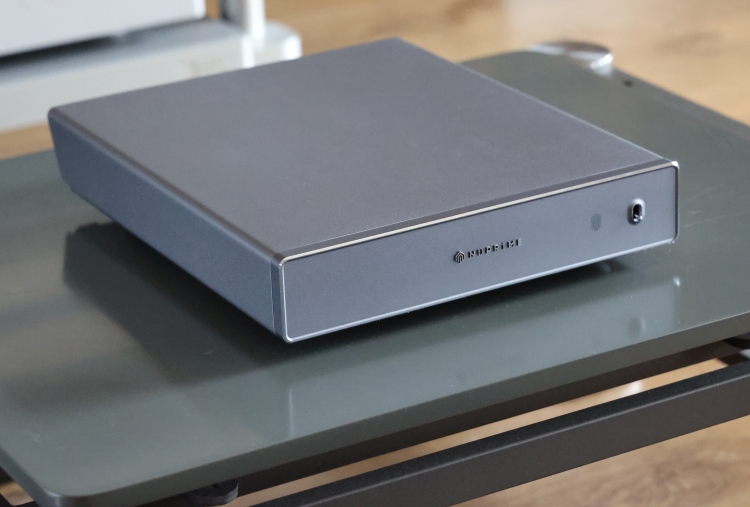
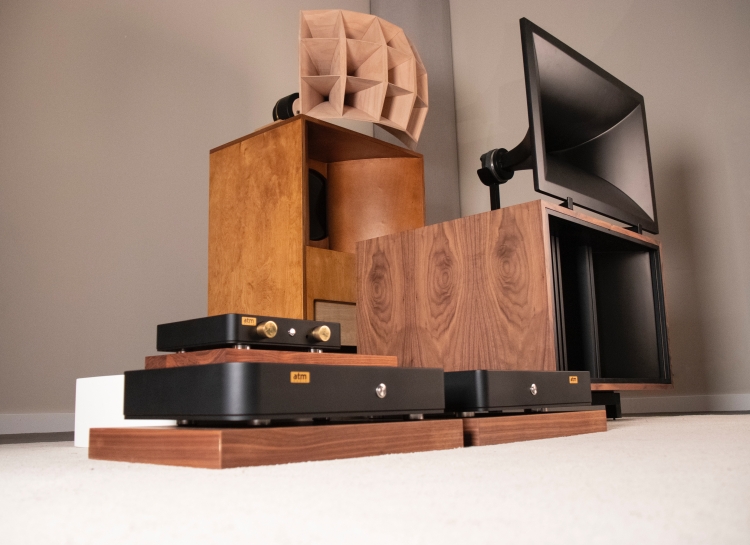
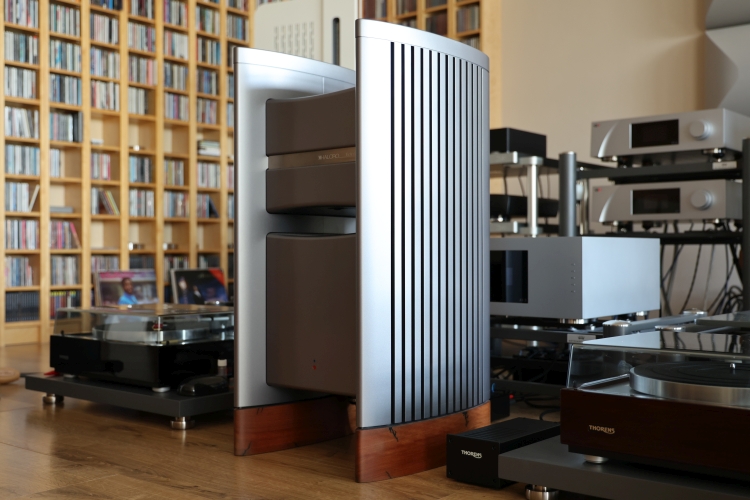
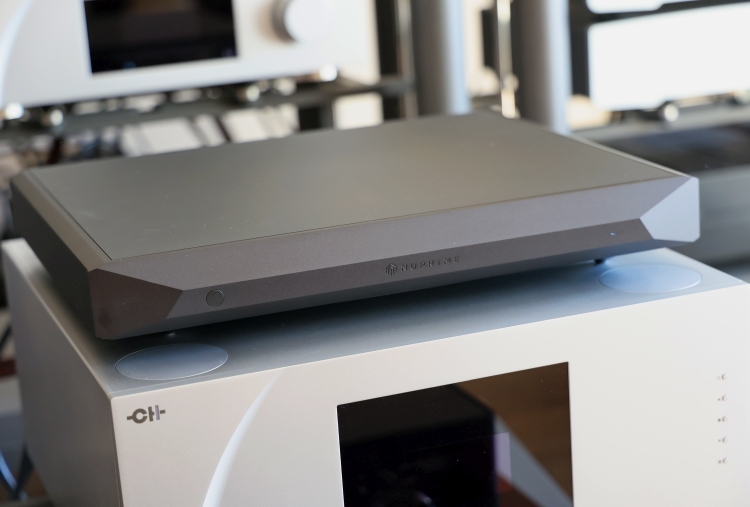
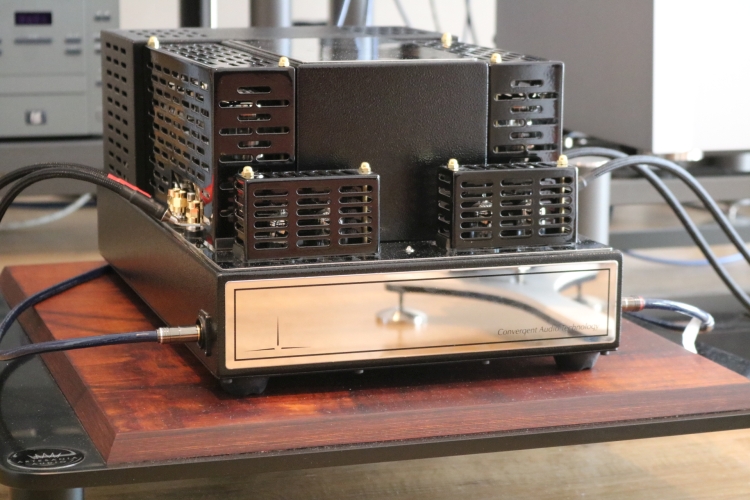
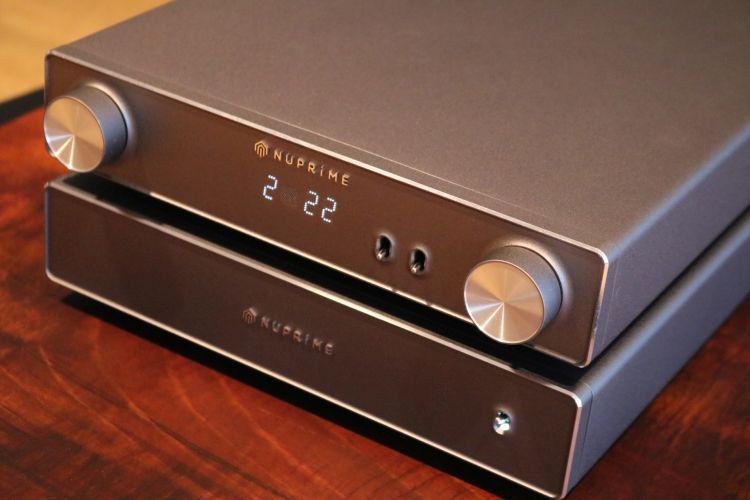
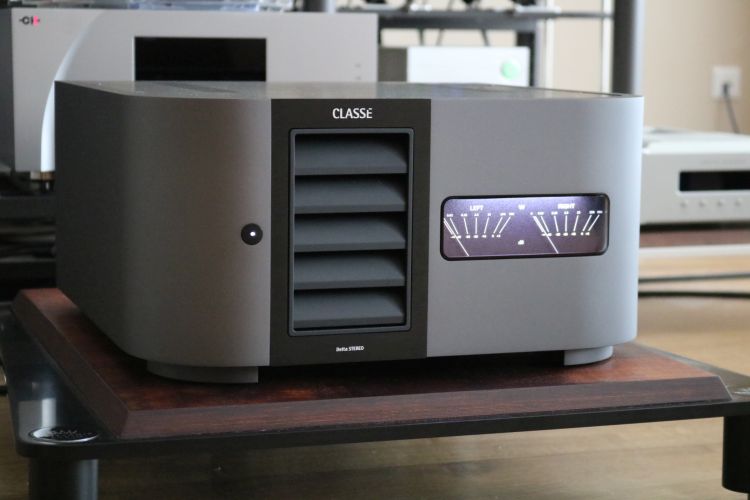
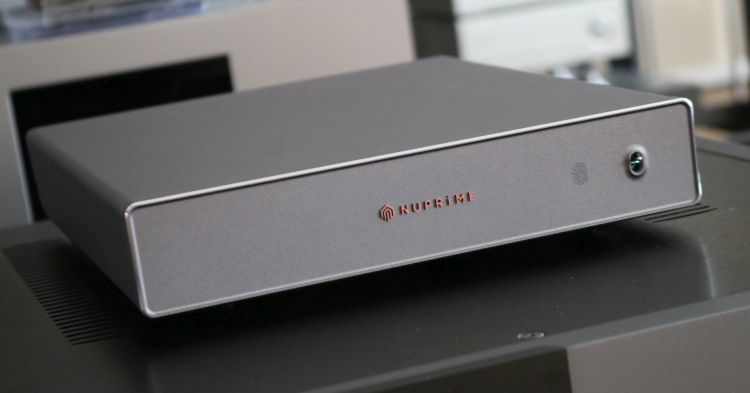
Using kt150 wich draw much higher heater curren + Demanding much stronger bias = big NO NO in my book. I dont onderstend people just changing the tubes in amp wich is NOT design for using onter tubes. Allso impedance of output transformers is matched to 2.2KoHm to match EL34 when kt tubes mainly demand between 5.5KoHm… Do you see what i mean !?
In general, you definitely have a point. In this case, however, the amps are specifically designed to take various different tubes. They have an adaptive circuit inside that adjusts the bias and other parameters and the manufacturer has tested them with KT150’s as well. This is explained in an earlier article for this brand’s amplifiers. Not sure if the output impedance is also adjusted, though. But even if it’s not ideally matched (which is also rarely, if ever, the case on the speaker end), I can’t argue with the results.
Did you try the Ref75SE from the 8 Ohm taps? That is the magical configuration when using ARC with Wilsons 😉 (Yes, I know the Wilsons are spec’d as 4-Ohm speakers.)
Good point and good question. With every speaker, I tried both outputs to see which sounded best. I forget the details but I believe in general 8-Ohm sounded fastest and most open while 4-Ohm sounded smoother and more relaxed. In any case, I went with the one that I felt sounded best for each speaker, irrespective of the speaker’s “actual” Ohmic value.